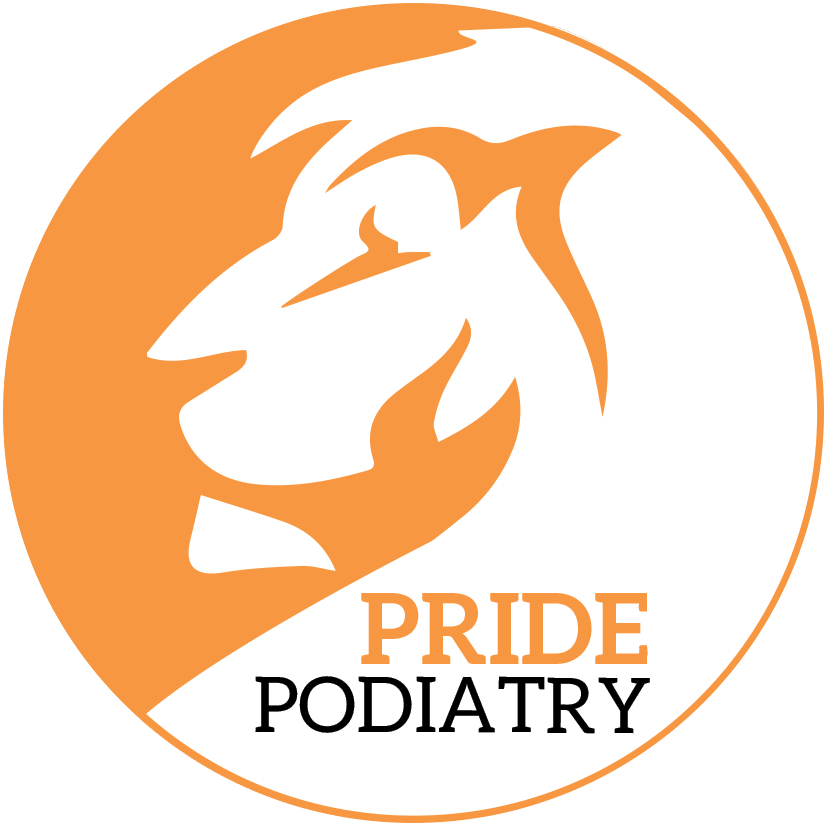What is the Best Physiotherapy Treatment for Osteoarthritis in Knees?
Before we drill down into treatment for osteoarthritis in knees, let’s do a quick refresh on what osteoarthritis actually is.
Osteoarthritis is the most common form of arthritis that can result in chronic pain and disability, affecting 250 million people worldwide.
With growing research in the condition over recent decades, much new knowledge has surfaced. Unfortunately, many dated dogmas about the condition still continue to circulate.
Osteoarthritis has previously been thought of as a progressive condition, however recent evidence suggests that pain and function can be improved with rehabilitation.
What is osteoarthritis?
Osteoarthritis is a condition that affects the whole joint including bone, cartilage, ligament and muscles. Although often attributed to “ wear and tear”, osteoarthritis is now thought to be the result of reparation of the joint.
Osteoarthritis may include:
- Inflammation of tissue around a joint
- Damage to joint cartilage
- Development of bone spurs around the joint
- Deterioration of ligaments and tendons
Osteoarthritis can develop at any age but is more common in adults over 40 years or individuals who have a history of joint injury.
While osteoarthritis can affect any joint, it is most commonly found in the knees, hips, finger and big toe. For the purpose of this article, the discussion would be limited to management of osteoarthritis in the knees, however the guiding principle here applies for most osteoarthritic conditions.
What are the symptoms of knee osteoarthritis?
Every sore knee is different, however they typical share some common features such as:
- Stiffness in the knee in the morning or when you have been sitting for awhile
- Decrease in mobility of the knee, difficulty with getting in and out of chairs/cars, climbing stairs or walking
- Pain that increases with excessive activity, but improves slightly with rest
- Swelling or feeling of warmth around the knee joint
- Grating sensation during movement of the knees
What causes knee osteoarthritis?
Latest research has found the cause of osteoarthritis to be multifactorial.
Trauma, mechanical forces, inflammation, biochemical reactions and metabolic dysfunction have an important role to play.
However, specific to the knee joint; being overweight, having a history of knee injury and a job requiring kneeling, climbing and squatting can increase the risk of developing osteoarthritis.
Physiotherapy treatment for osteoarthritis of the knee
Treatment approaches may vary depending on the severity and chronicity of the condition. Current evidence supports the following for the management of osteoarthritis in the knee:
Exercises
- Resistance training
- Aerobic exercises
- Weight-loss program if overweight
- Stretching
Education on self management
- Understanding osteoarthritis
- Activity pacing and lifestyle modification
- Coping with pain and flare ups
- Stress management techniques
- Good sleep hygiene
- Identifying triggers for pain and the appropriate dose of exercises
- Pain desensitisation program
Load Optimisation
- Foot Orthotics and Strapping
Hands on treatment
- Hot/Cold packs
- TENS
What is the prognosis for knee osteoarthritis?
The prognosis for the majority of people with osteoarthritis in the knee is really good. For a significant group of people symptoms would be mild and even improve over time even without treatment. For the remaining people unfortunately the condition can gradually worsen. All is not lost as the prognosis with early physiotherapy is good!
Let’s compare the pair:
| What happens if you don’t treat knee OA? | What happens with physiotherapy Management of Knee OA? |
| 35 to 60% of sufferers report a more or less consistent joint pain that does not significantly change. | Improvement in pain and function |
| 10 to 53% described the pain as consistently getting worse. The pain transitions from an activity dependent intermittent pattern to more constant and severe pain. | Safer and more effective than best-established pharmacological medication |
| Only 12 to 30% of people with OA reported sustaining less pain over the coming years. | Avoid or delay surgery and a cost reduction to the knee pain sufferer |
That all sounds great but my X-ray showed that I have thinning of my cartilage. What does this mean for me?
Radiologic assessment may show narrowing, bone spurs and changes in shape of your joint. However, such changes are commonly present in asymptomatic population as well. Therefore, imaging that shows joint damage does not always mean you would experience pain.
On the contrary, you can experience significant joint pain despite your radiographic findings appearing normal. Also, exercise, one of the mainstays of physiotherapy treatment of osteoarthritis in knees has been shown to increase joint cartilage.
People with osteoarthritis in the knee often convinced that the condition is attributed to “wear and tear”.
Let’s correct this myth. It is not. Consider the following findings:
- Recreational runners have healthier knees on average
- Marathon training improved most radiographic features of the bones
- Immobilisation of a joint results in an osteoarthritis – like disorder
- A whale despite spending its life supported in water, non-weight bearing, has extensive osteoarthritis
- Two-thirds of German shepherd dogs develop osteoarthritis of the hips at an early age
Instead emerging evidence suggests that osteoarthritis is the result of reparation of the joint.
Exercise is making my knee more painful. Should I rest and avoid pain?
Pain does not always mean harm.
Pain can be viewed as an alarm system of the body to excessive stress.
However, in conditions such as osteoarthritis, this alarm system malfunctions and becomes overly sensitive. This results in exaggeration of the pain and reduces the threshold for pain to be triggered. Flare-ups occur when the body is pushed far beyond the lowered threshold. The good news is studies have found that graded exercise helps to tune up the system so that it works efficiently again.
Therefore, slight pain with exercises is ok.
In general, pain should improve with rest after exercise. If it lingers on for a few days, you are probably pushing too hard!
Managing exercise loading is one of the things that us physiotherapists do best. It’s why we ask so many questions!
How does your knee feel when you sit to stand?
How does it feel walking up the stairs?
How did that exercise feel for you?
We’re constantly assessing and adjusting your exercise program to be cherry ripe for you and your knee at that very moment.
So, if you’re looking for the best treatment for osteoarthritis in knees, pop in to see our physiotherapy team.
You can book online with our physios here.
References
Rice, D., McNair, P., Huysmans, E., Letzen, J., & Finan, P. (2019). Best Evidence Rehabilitation for Chronic Pain Part 5: Osteoarthritis. Journal of clinical medicine, 8(11), 1769.
Vincent, T. L., & Wann, A. K. (2019). Mechano Adaptation: articular cartilage through thick and thin. The Journal of physiology, 597(5), 1271-1281.
Mora, J. C., Przkora, R., & Cruz-Almeida, Y. (2018). Knee osteoarthritis: pathophysiology and current treatment modalities. Journal of pain research, 11, 2189.
Bunzli, S., BHealthSci, P. O. B., Ayton, D., Dowsey, M., Gunn, J., Choong, P., & Manski-Nankervis, J. A. (2019). Misconceptions and the acceptance of evidence-based nonsurgical interventions for knee osteoarthritis. A qualitative study. Clinical Orthopaedics and Related Research®, 477(9), 1975-1983.Bland, J. H. (1983). The reversibility of osteoarthritis: a review. The American journal of medicine, 74(6), 16-26.




